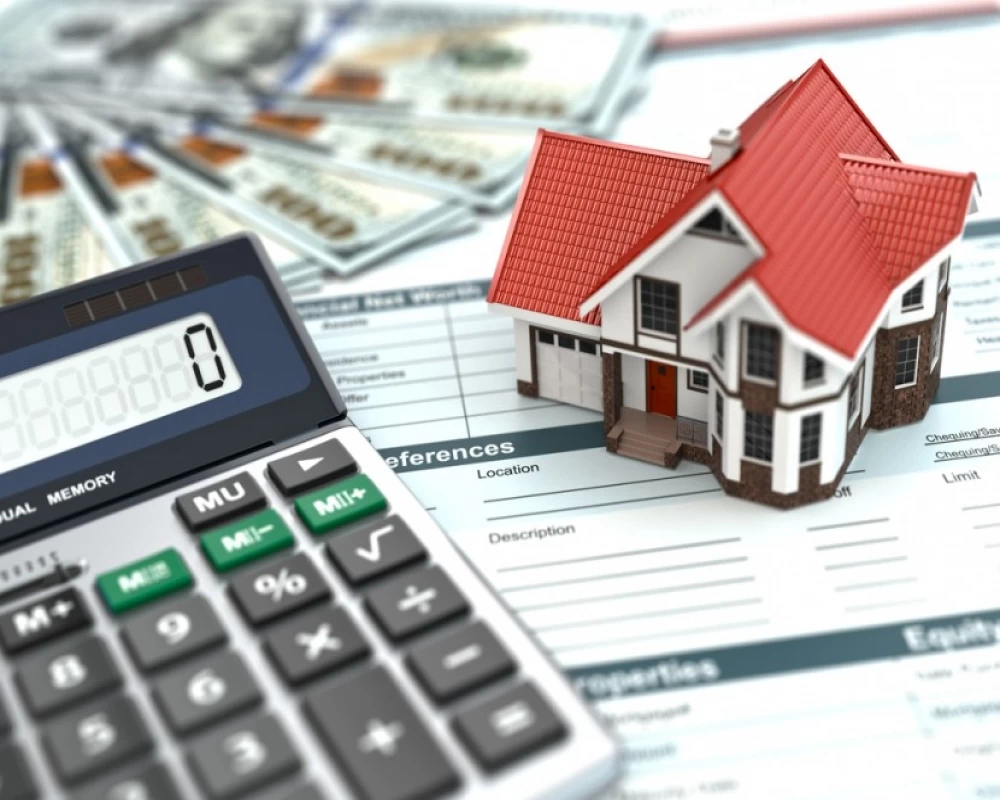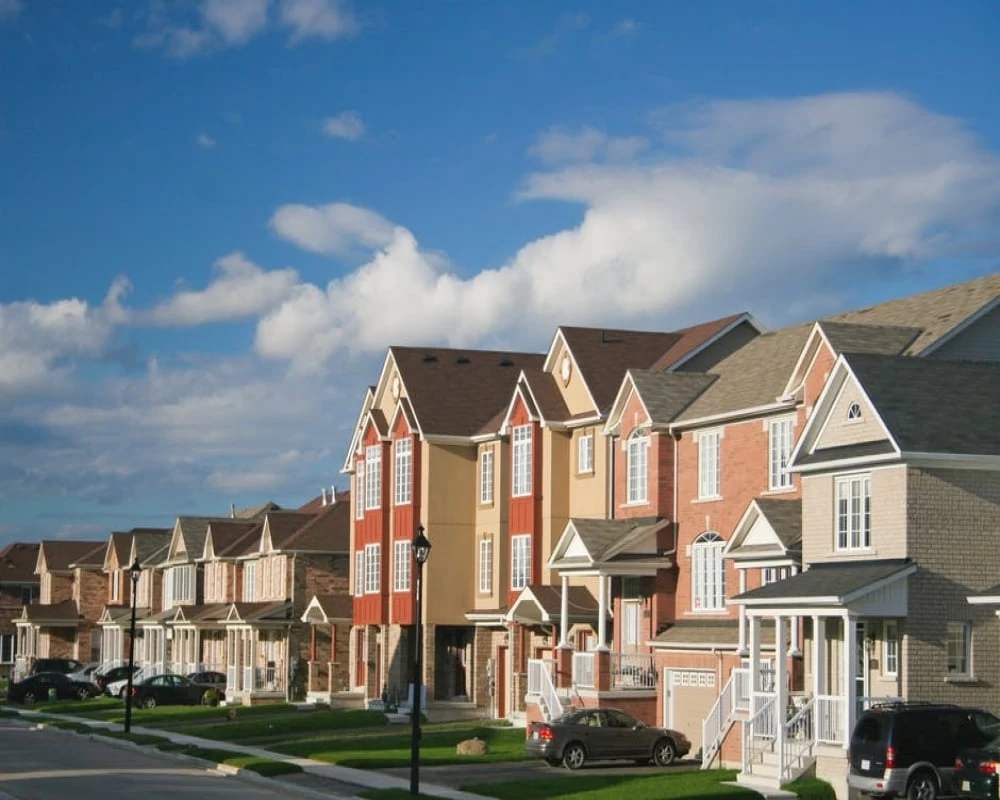3 Tips to Secure Financing for Foreign Property as a Boomerang Home Buyer in the US

Buyers with a foreclosure history have more to prove to the banks; hence getting loans might be tough. Below tips will help them get through the hurdles and secure financing for foreign property investment.
Are banks scared to give loans to boomerang buyers?
Applying for a loan after a foreclosure, if you're a property buyer in the US, is not a piece of cake. The lender wants to be sure of one thing: You are able to pay the loan and have learnt from your mistakes. If you're planning to buy a foreign property, getting financing becomes harder. If you do get financing, you might be immersed in a lot of paperwork.
Banks will want you to prove your income. They will look closely at your bill payment records after the foreclosure (hence the need to rebuild your credit). If you have a traditional job for which you receive a W-2 form, your lender will want to see it and verify your income with your employer. Boomerang buyers (property buyers with a foreclosure history) who work several part time jobs or are self-employed will face more scrutiny. They will have to show their income with several years of tax returns and other documents.
Yes, you might have a lot to prove to the bank when applying for mortgage as a boomerang buyer. This is why Realtor.com recommends including a letter in your mortgage application that explains the reason for foreclosure.
What Most Foreign Banks Require Before Giving Mortgage
Requirements for mortgages will vary from country to country as each country flaunt different taxation structures. Some countries will require you to open a bank account, get a tax identification number or get approval from Government housing agencies before you'd be allowed to buy a home.
You need to be conversant with the taxes that apply in your destination country. For example, foreign property buyers in Spain have to pay a wealth tax (patrimono in Spanish). Countries like South Africa also mandate a building insurance for foreign buyers.
The important thing when applying for a mortgage either as a buyer with foreclosure history or not is your ability to document everything. Mortgage has come a long way from the crisis periods and banks are more proactive. They want to verify any financial information provided.
Tips To Secure Financing for Foreign Property Investment after Foreclosure
Having a foreclosure history shouldn’t stop you from your dream of owning property abroad, here are three tips to get financing as a boomerang buyer.
1. Get equity from your US home.
Your friendliest partner will always be your property of the United States. You could get a second mortgage with 2.8% APR, only a fraction of what you will pay overseas
2. Home Collateral.
If you own a property in the United States, lenders in some countries, particularly international banks, will allow you to put that into collateral. You will have to establish that the property is free from liens. A lien will be dissuasive to the approval of your mortgage application.
3. Focus on International Banks.
When you begin to explore your financing options abroad, you must first visit the branches of foreign banks in the area where you are buying. If the same bank operates in the United States, they will have a better understanding and access to the facts related to your financial situation back home. You can even visit their branches in the United States to know your options.
These options would be effective if you work on your credit. You need to improve your credit rating when applying for a mortgage in the United States after foreclosure. The same is true anywhere in the world.




